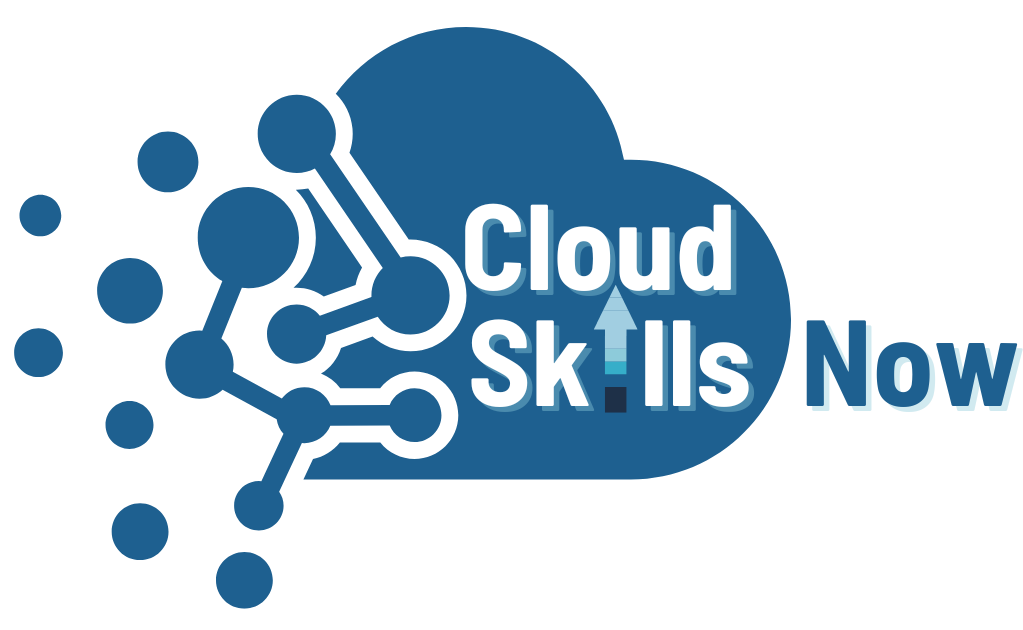DP-605 Prepare and visualize data with Microsoft Power BI
- 1 Day Course
- Language: English
Introduction:
This course is designed as an introduction to Power BI for data analysis and reporting. Skills include connecting to data and basic data preparation tasks using Power Query, designing report pages for optimal user experience, and exploring how Copilot in Power BI aids the report development process.
Objectives:
Course Outline:
1 – Get started building with Power BI
- Use Power BI
- Building blocks of Power BI
- Tour and use the Power BI service
2 – Get data in Power BI
- Get data from files
- Get data from relational data sources
- Create dynamic reports with parameters
- Get data from a NoSQL database
- Get data from online services
- Select a storage mode
- Get data from Azure Analysis Services
- Fix performance issues
- Resolve data import errors
3 – Clean, transform, and load data in Power BI
- Shape the initial data
- Simplify the data structure
- Evaluate and change column data types
- Combine multiple tables into a single table
- Profile data in Power BI
- Use Advanced Editor to modify M code
4 – Configure a semantic model
- Configure relationships
- Configure tables
- Configure columns
- Configure hierarchies
- Configure measures
- Configure parameters
5 – Design Power BI reports
- Design the analytical report layout
- Design visually appealing reports
- Use report objects
- Select report visuals
- Apply filters and slicers to reports
- Understand filtering techniques and considerations
- Case study – Configure report filters based on feedback
6 – Get started with Copilot in Power BI
- Use Copilot in Power BI to prepare and model data
- Create reports with Copilot in Power BI
- Get your data ready for AI usage in Power BI
- Module assessment
7 – Introduction to end-to-end analytics using Microsoft Fabric
- Explore end-to-end analytics with Microsoft Fabric
- Explore data teams and Microsoft Fabric
- Enable and use Microsoft Fabric
- Module assessment
